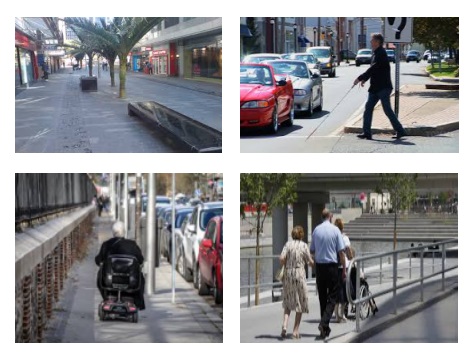Guide to the Healthy Streets Indicators
 The ‘Guide to Healthy Streets Indicators’ recently launched by Transport for London (November 2017) aims to assist people to identify what is important when it comes to the design and experience of using a street or a public place. This useful publication is not a design guide but will be informative for people aiming to create Healthy Streets.
The ‘Guide to Healthy Streets Indicators’ recently launched by Transport for London (November 2017) aims to assist people to identify what is important when it comes to the design and experience of using a street or a public place. This useful publication is not a design guide but will be informative for people aiming to create Healthy Streets.
The guide is relevant for business owners, residents, visitors and people walking or cycling. It raises a number of questions about the design of public spaces and how improvements could be made.
Although the guide relates to environments in the UK, it raises a number of questions for the inhabitants of cities in any country wishing to create healthy streets. A variety of questions are posed under the following headings:
- People choose to walk, cycle and use public transport
- Pedestrians from all walks of life
- Easy to cross
- People feel safe
- Things to see and do
- Places to stop and rest
- People feel relaxed
- Not too noisy
- Clean air
- Shade and shelter
Although there is no particular reference to people with disabilities in the guide it is clear that the objective is to ensure that the design and management of streets makes allowances for everyone, and readers will find examples of where universal design in the built and external environment should be considered. For example:
- Is the pavement smooth, level, free of obstructions and wide enough for the number of people using them, now and in the future?
- Do streets remain accessible to people walking, cycling and using public transport during road works and construction activity?
- Are crossings accessible to everyone?
- Are seats designed around the needs of all users? Do some have back and arm rests?
For further information on the Guide to the Healthy Streets Indicators please click here.
If you need further information on creating accessible and inclusive public spaces, please do not hesitate to contact one of our team on 01-4151285 or e-mail [email protected]





